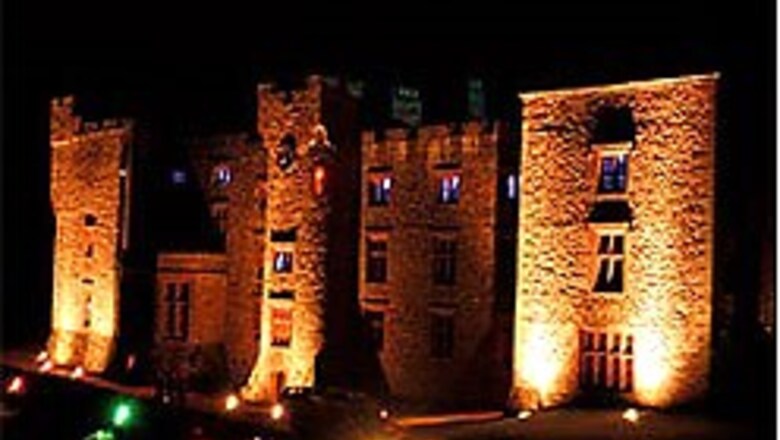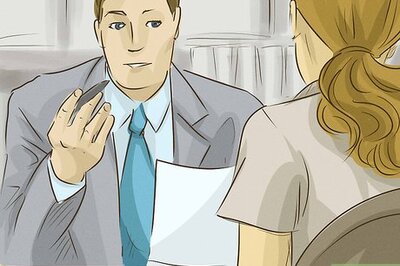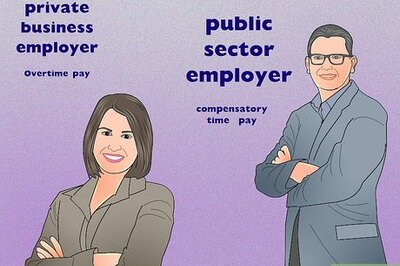
views
London: One of Britain's most haunted houses will become the country's first ghost school, aimed at giving the public a chance to decide whether things really do go bump in the night.
Muncaster Castle, an 800-year-old country pile in the scenic Lake District of northwest England, has been chosen for the two-day residential course because of its spine-chilling reputation for spooks and spectres.
Jason Braithwaite, a cognitive psychologist and neuroscientist from the University of Birmingham, grew up within 10 miles (15 kilometres) of the castle and will run the course in March.
A self-confessed sceptic about the paranormal, he said the idea was to teach people to apply genuine scientific skills so they can decide for themselves what lies behind phenomena that appear to have no rational explanation.
"I'm not saying I can explain these experiences but I am saying that you will have the mental tools to look seriously and sensibly at them. It's not a 'turn-out-the-lights, is there anybody there?' experience," he said.
Braithwaite, 34, whose day job entails working with brain damaged patients, has spent nearly 15 years researching why there have been so many ghost sightings at Muncaster, particularly in the castle's Tapestry Room.
Sounds of children crying and screaming, feelings of an other-worldly presence, the sound of footsteps and fleeting visions have all been reported in the room -- where guests reputedly never spend a second night.
Other stories concern the "Muncaster Boggle" or White Lady, who is said to haunt the gardens and surrounding roadways. She is said to be the ghost of Mary Bragg, a young girl murdered in the early 19th century near the castle gates.
Another spook is Tom Fool, the castle's former jester. Braithwaite, however, suggests that an unusually high magnetic field in the area could account for the ghostly goings-on.
"There's no single explanation for ghosts, apparitions and strange experiences. There are a variety depending on the context and the individual," he explained. "I don't advance any fanciful notions of the supernatural.
"Some strange perceptions under certain circumstances can be induced by very strange and anomalous magnetic fields in the rooms where things go bump in the night."
The scientist, who works at Birmingham's Behavioural Brain Sciences Centre, likened the strong magnetic fields to an "invisible thunderstorm."
People with "less inhibited" and "more erratic" brains, such as those who suffer from migraines or epilepsy, were more susceptible to reactions in high energy fields, regardless of their intelligence or education, he argued.
The course, which costs £120 ($212 ), has the blessing of the Penningtons, whose family have lived at Muncaster since at least the early 13th century.
It does not use ouija boards or other paraphernalia associated with psychics and mediums, in keeping with head of household Peter Frost Pennington's desire to steer away from "TV sensationalism."
"We're committed to genuine scientific research. We want to find out the truth about why so many people believe they see or experience ghosts at the castle," he said.
For his part, Braithwaite said he aims to encourage dispassionate, critical thinking, and ideal course members will go in with an open mind.
"I might be wrong (about ghosts). I'm prepared to be wrong. But I'm not going to start thinking it's the spirits of dead people.
"People are hearing things, seeing things, sensing things, so what is it? Can we explain this psychologically and in terms of the brain?"


















Comments
0 comment